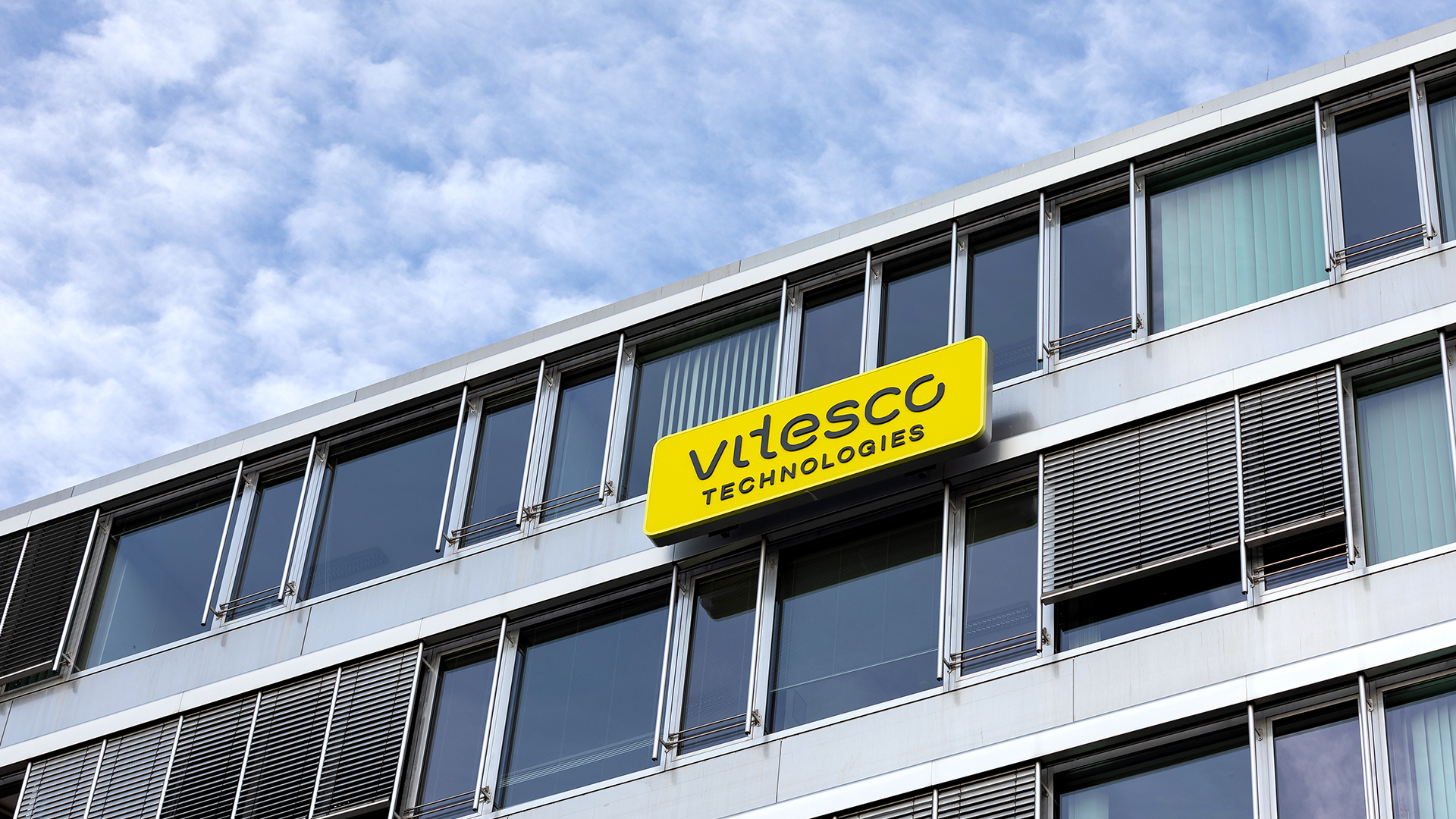
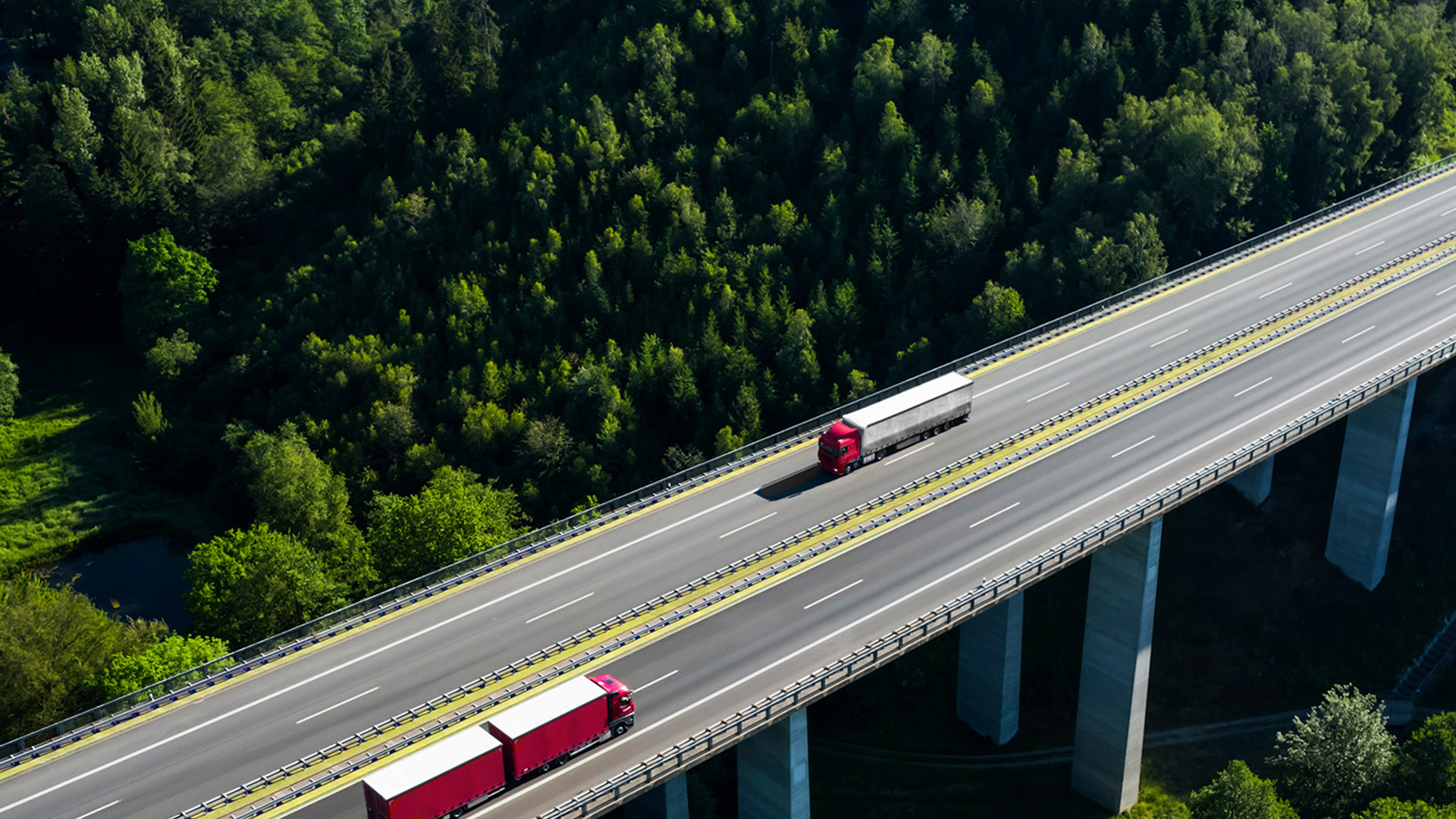







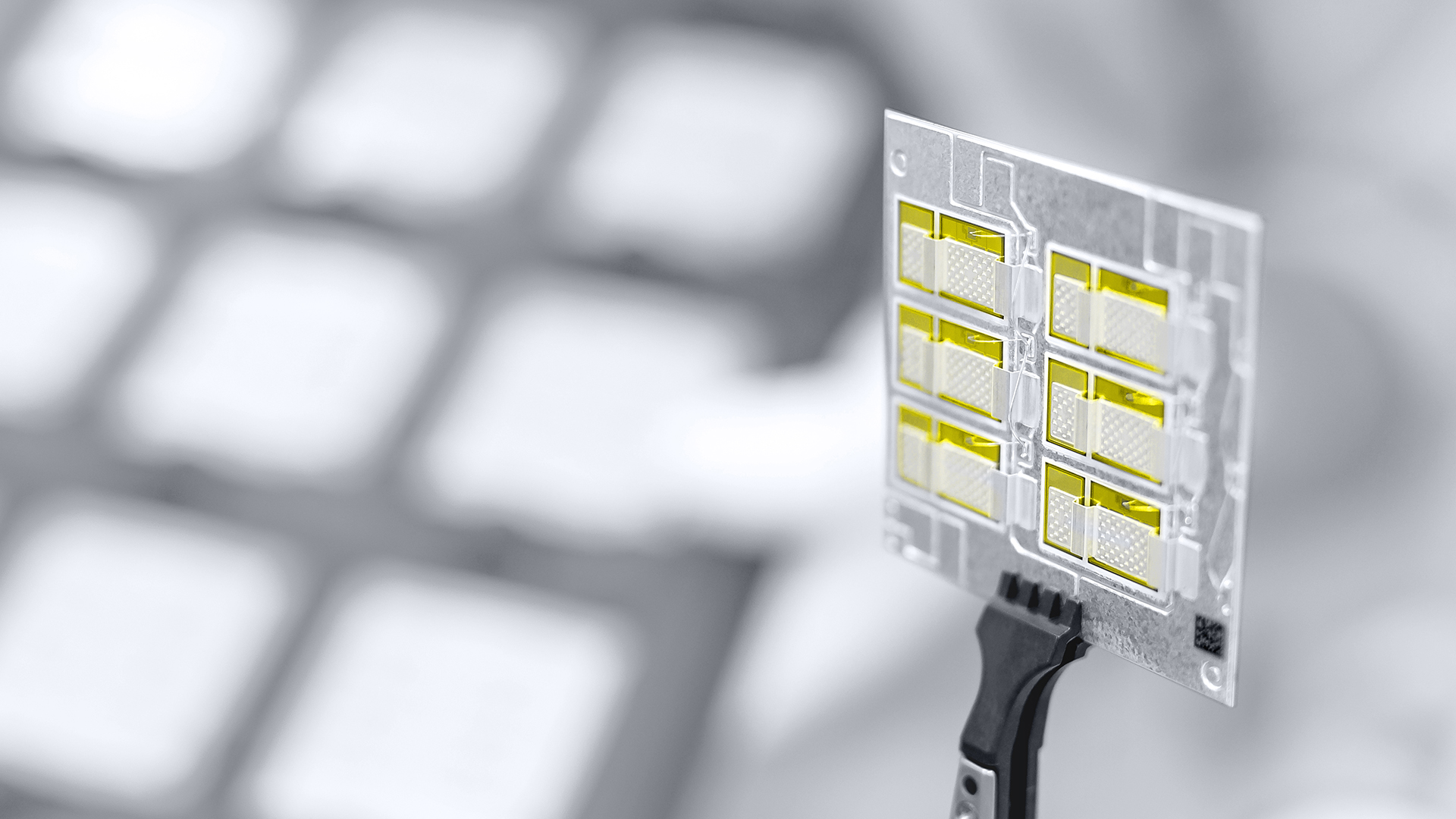


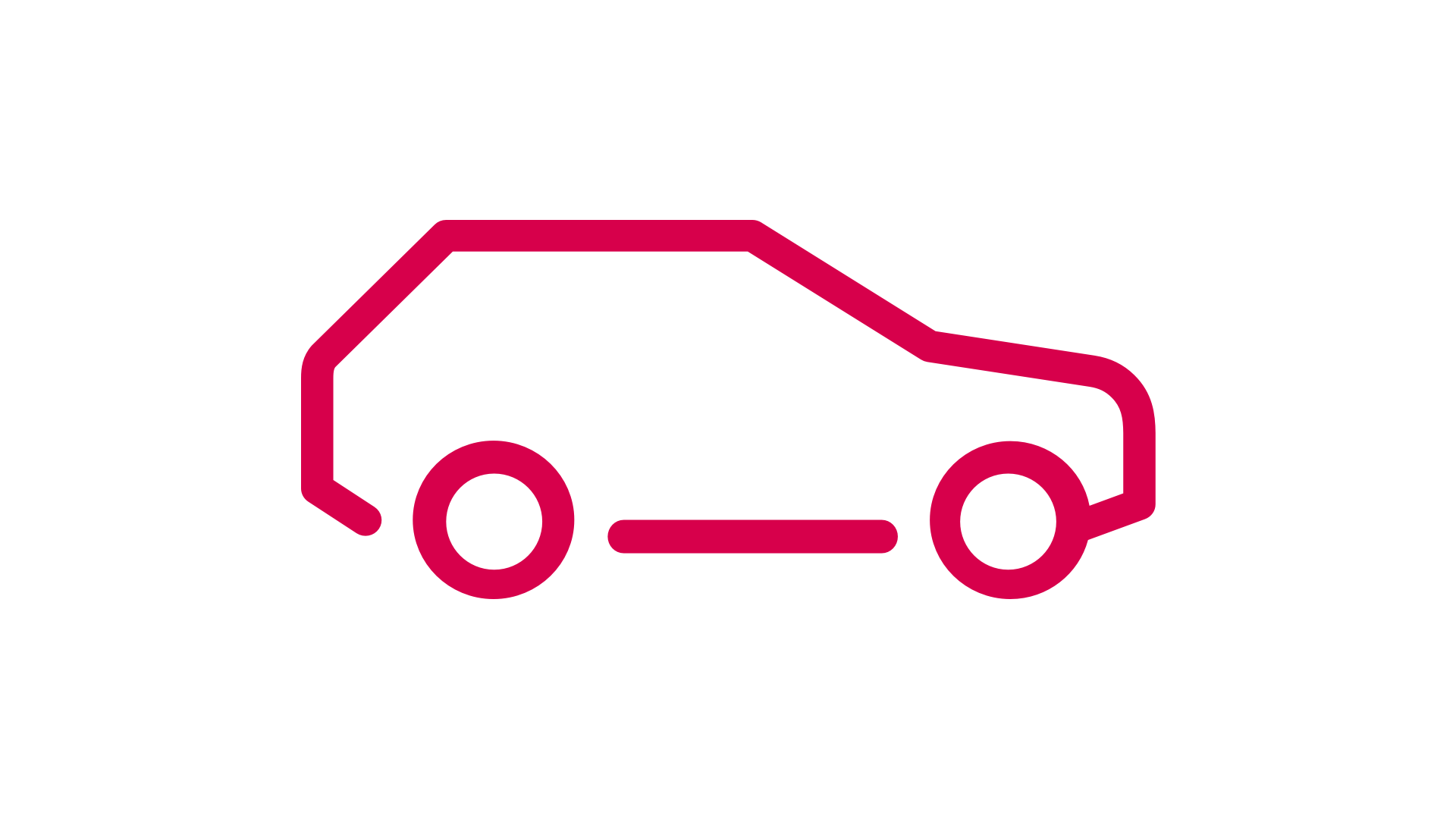
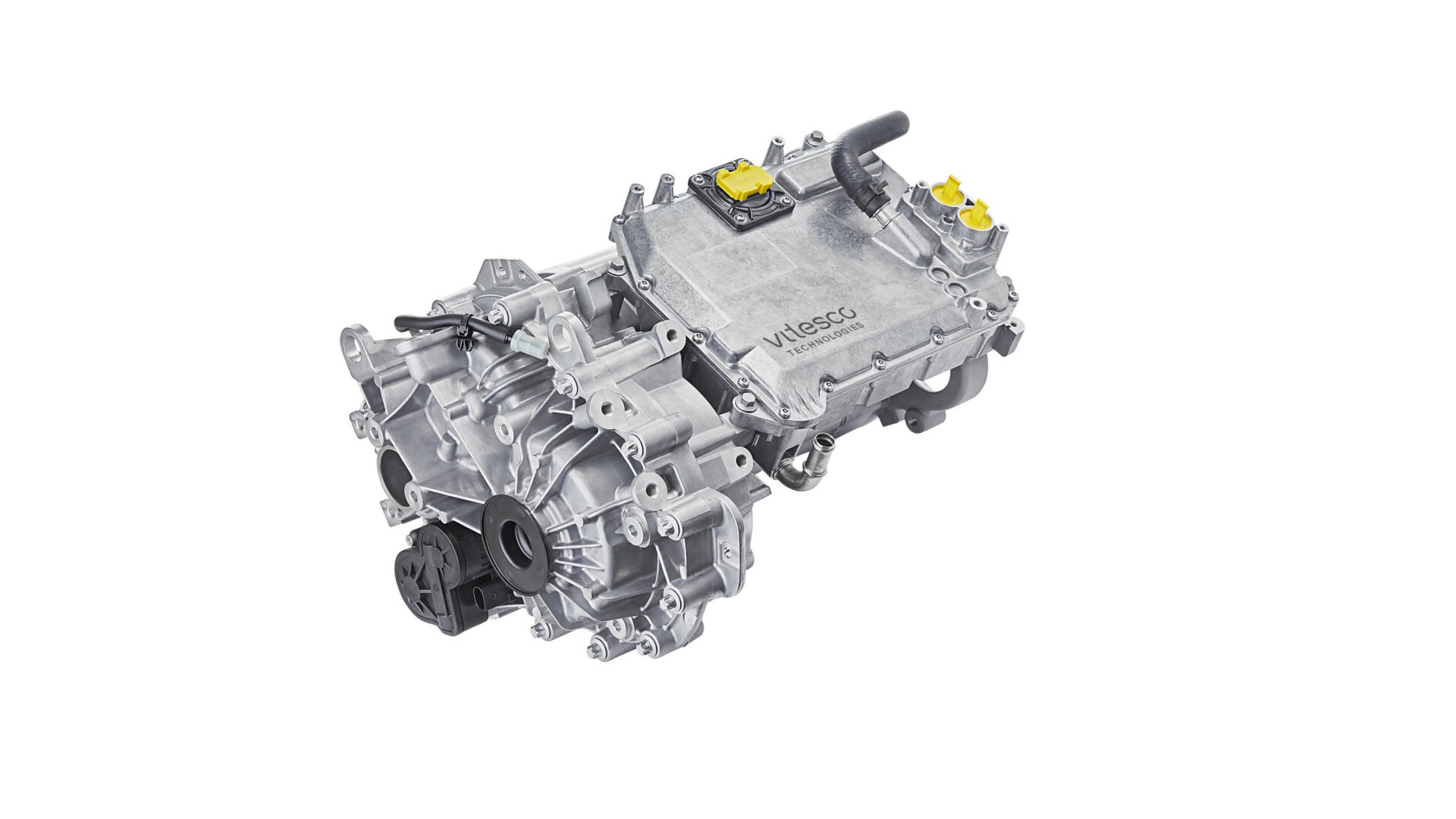
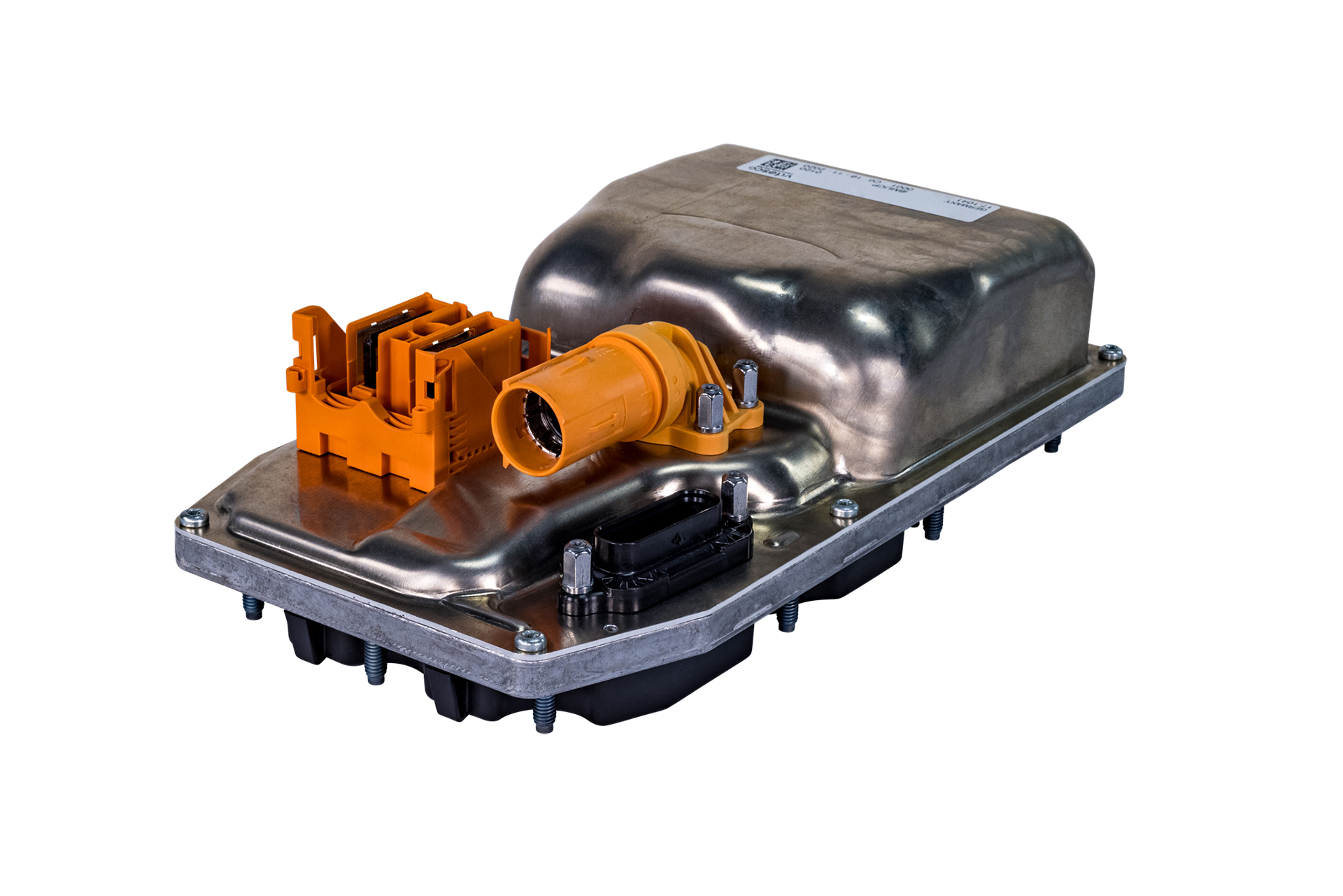
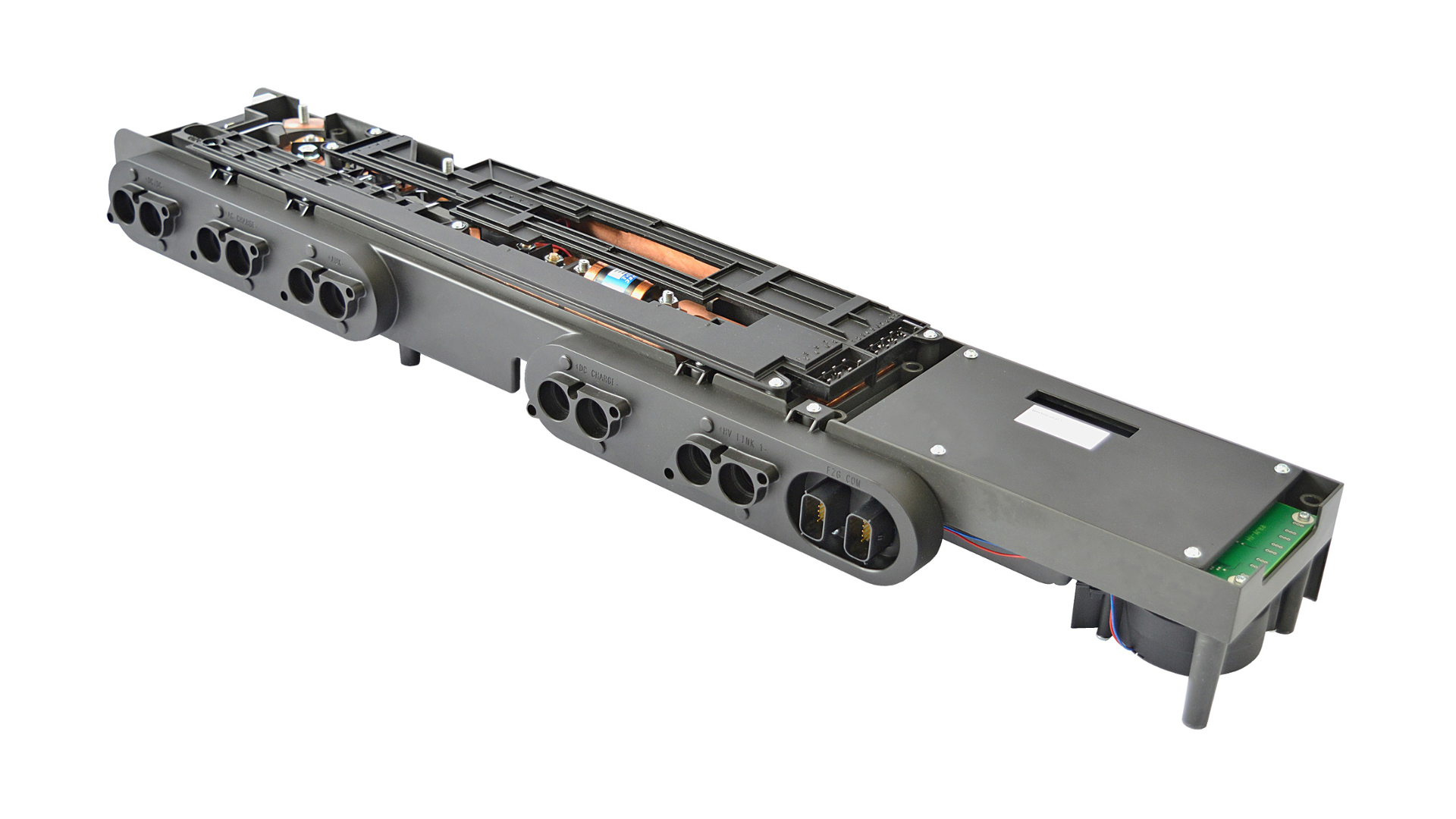
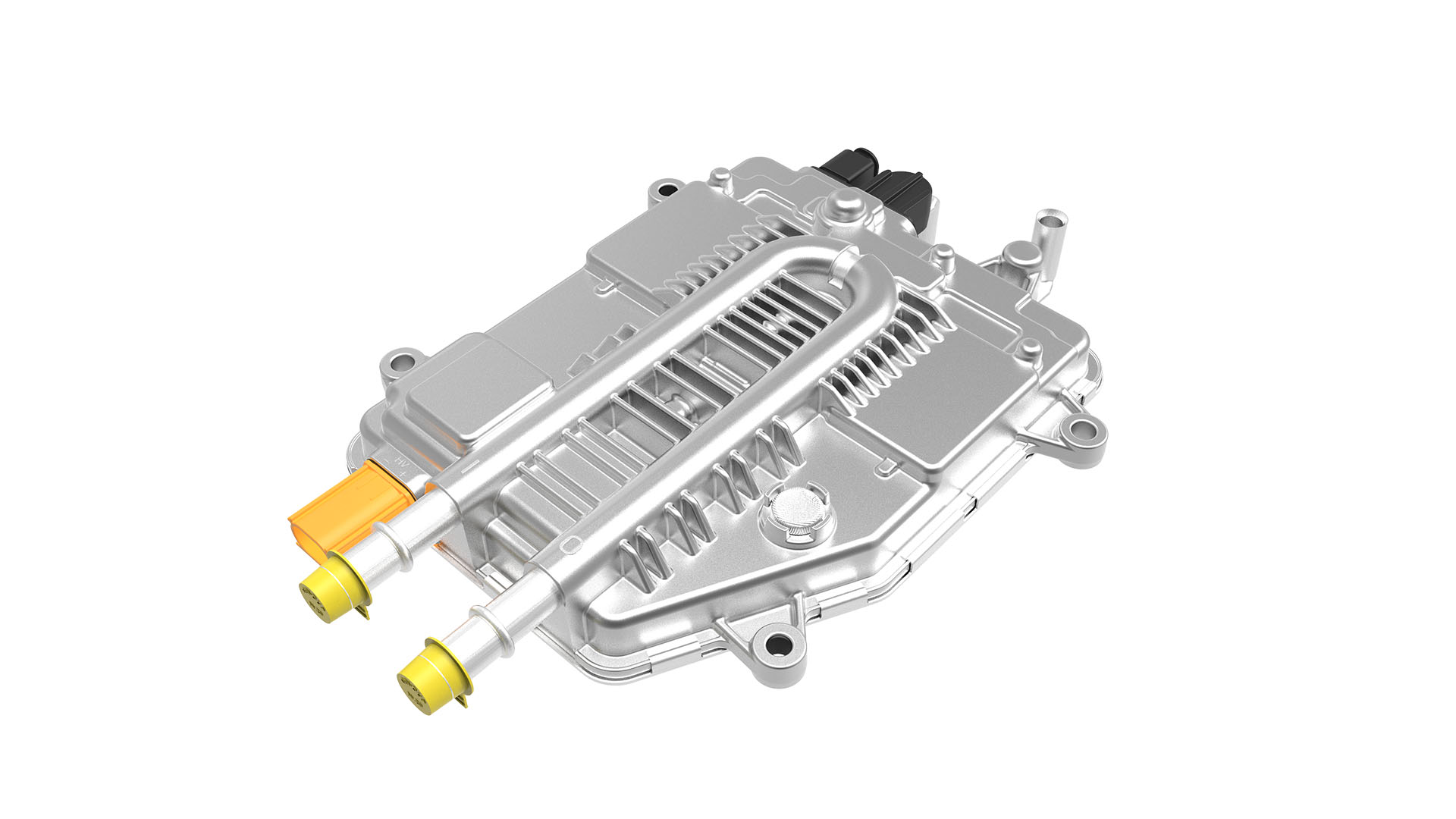
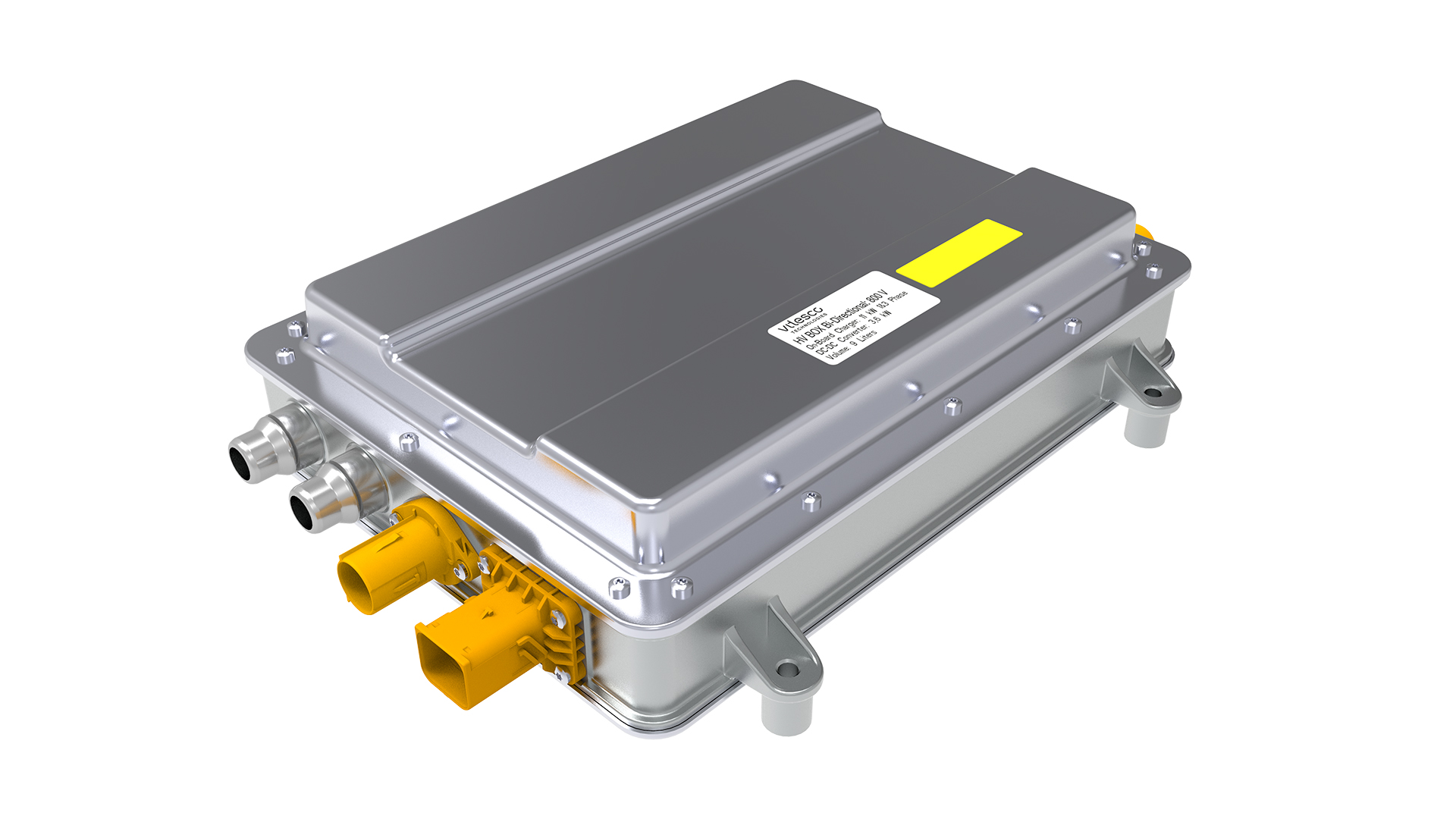
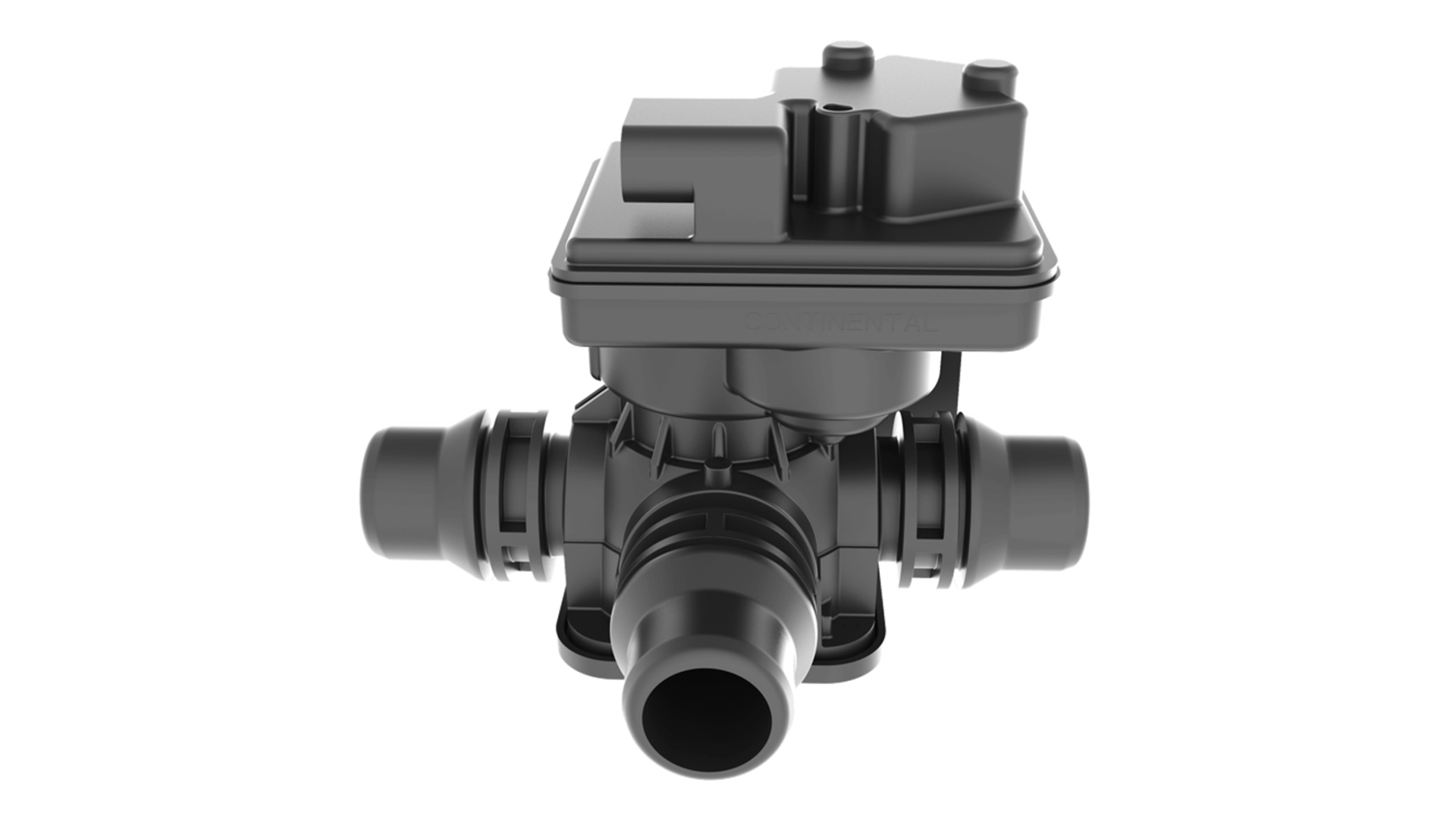
.jpg?width=407&resizemode=force)
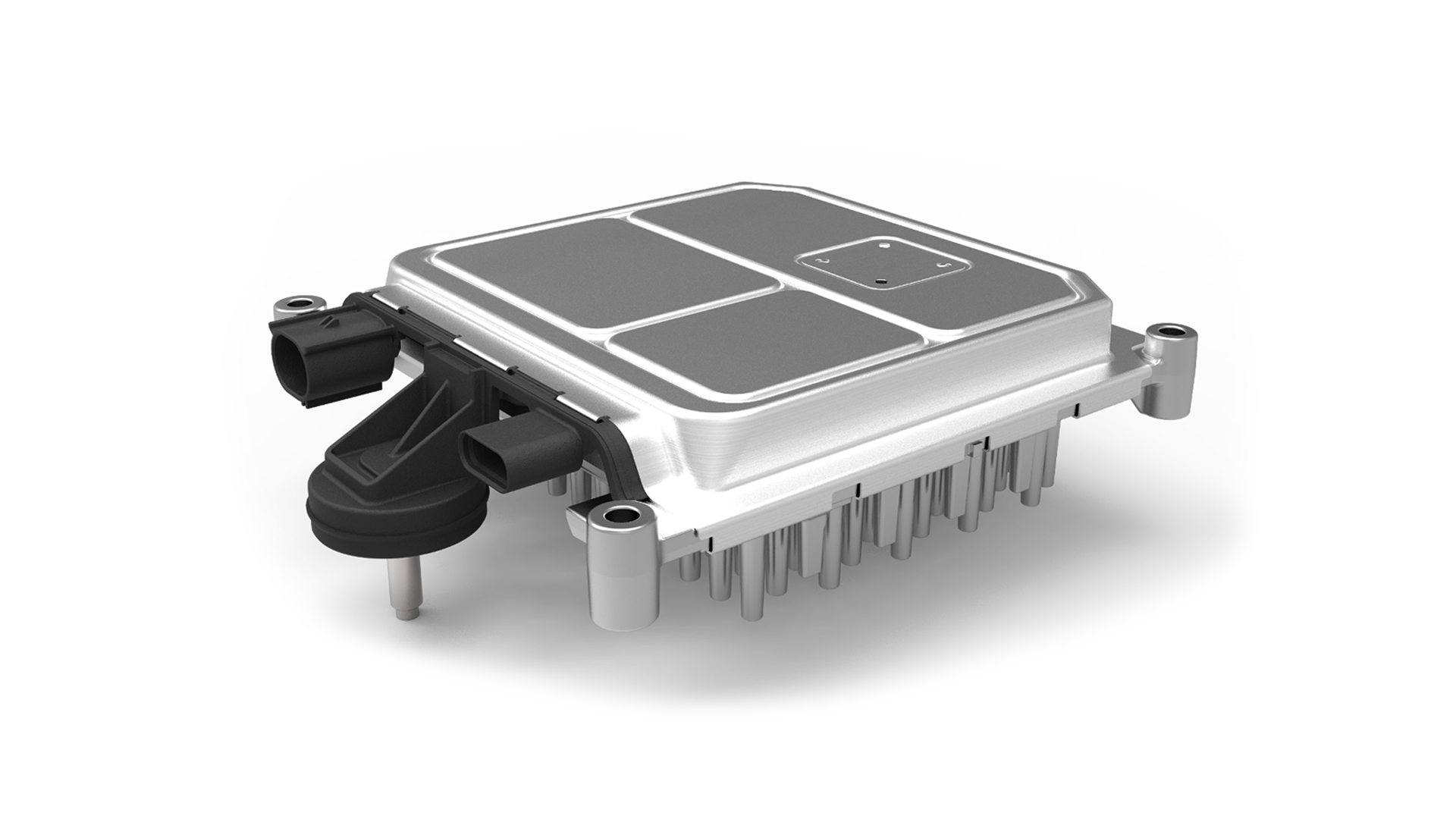

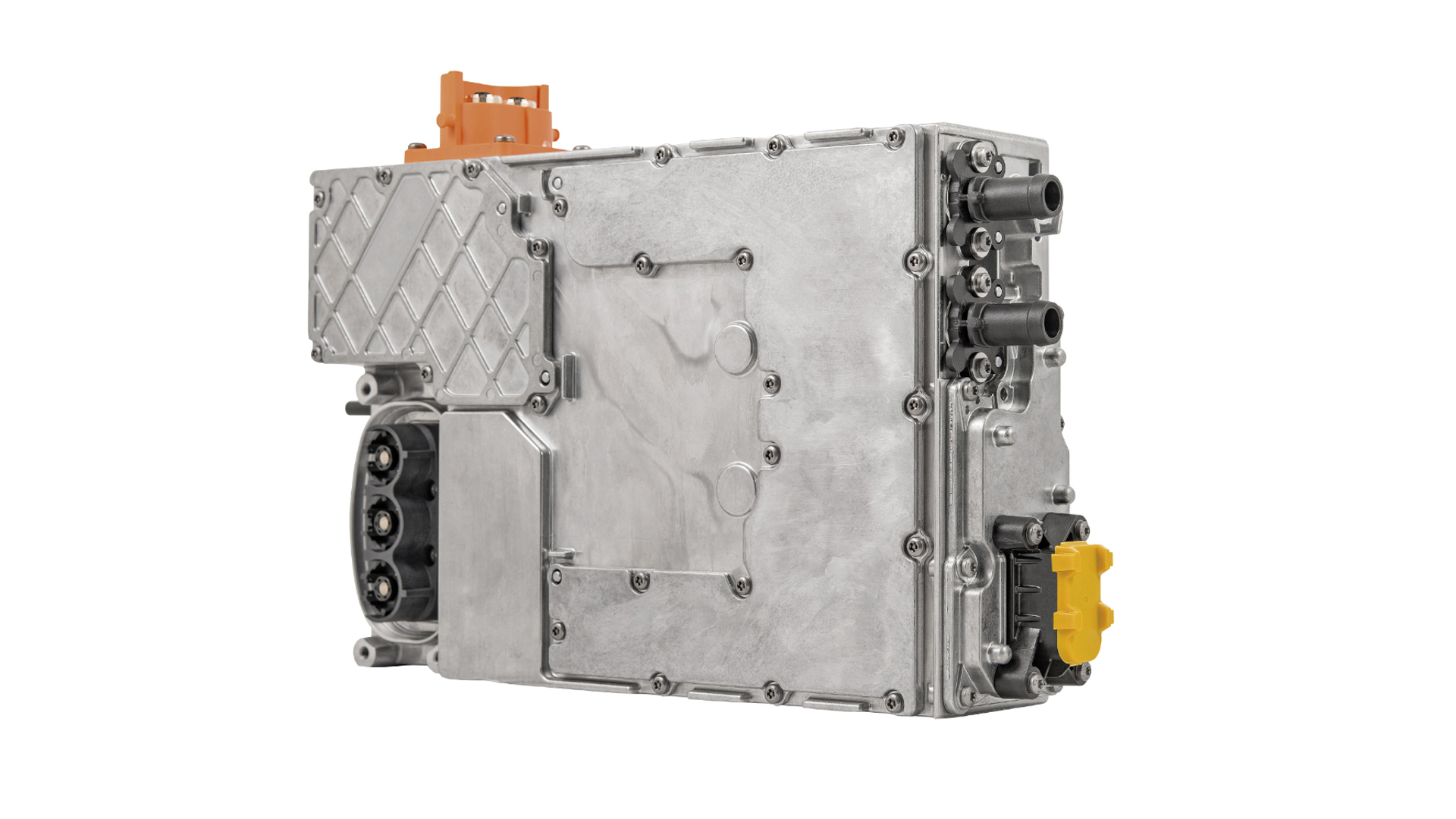
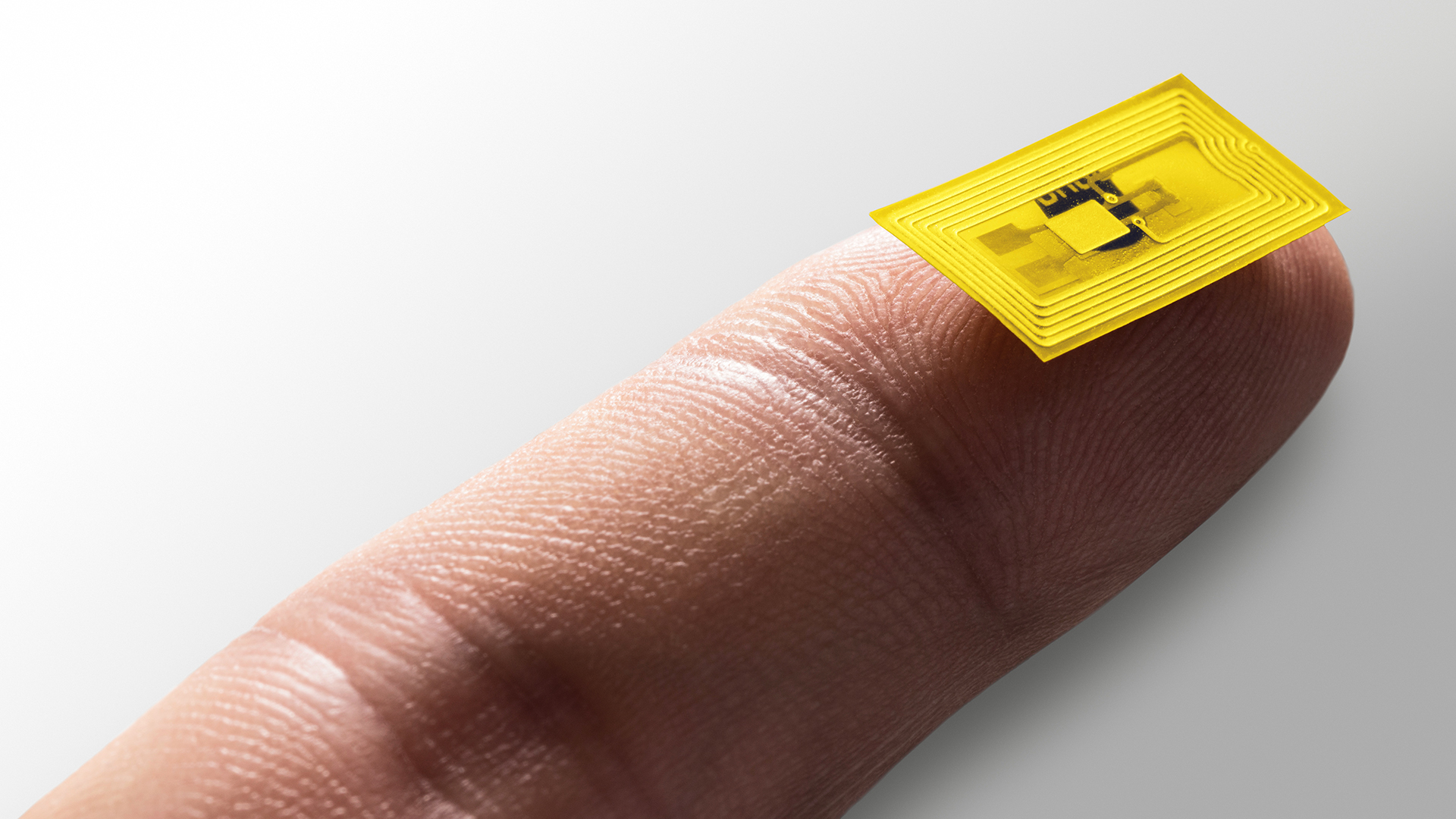

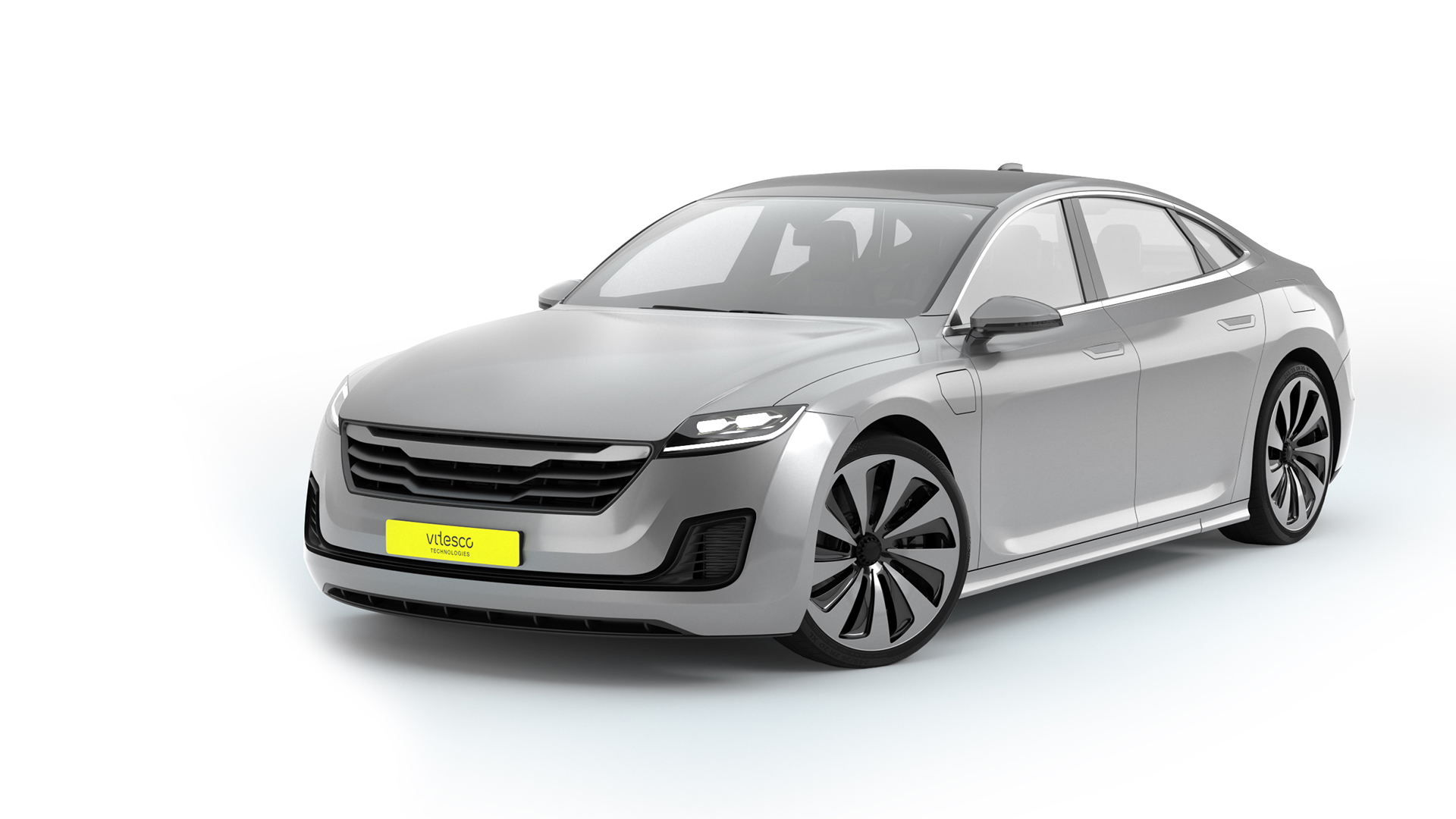


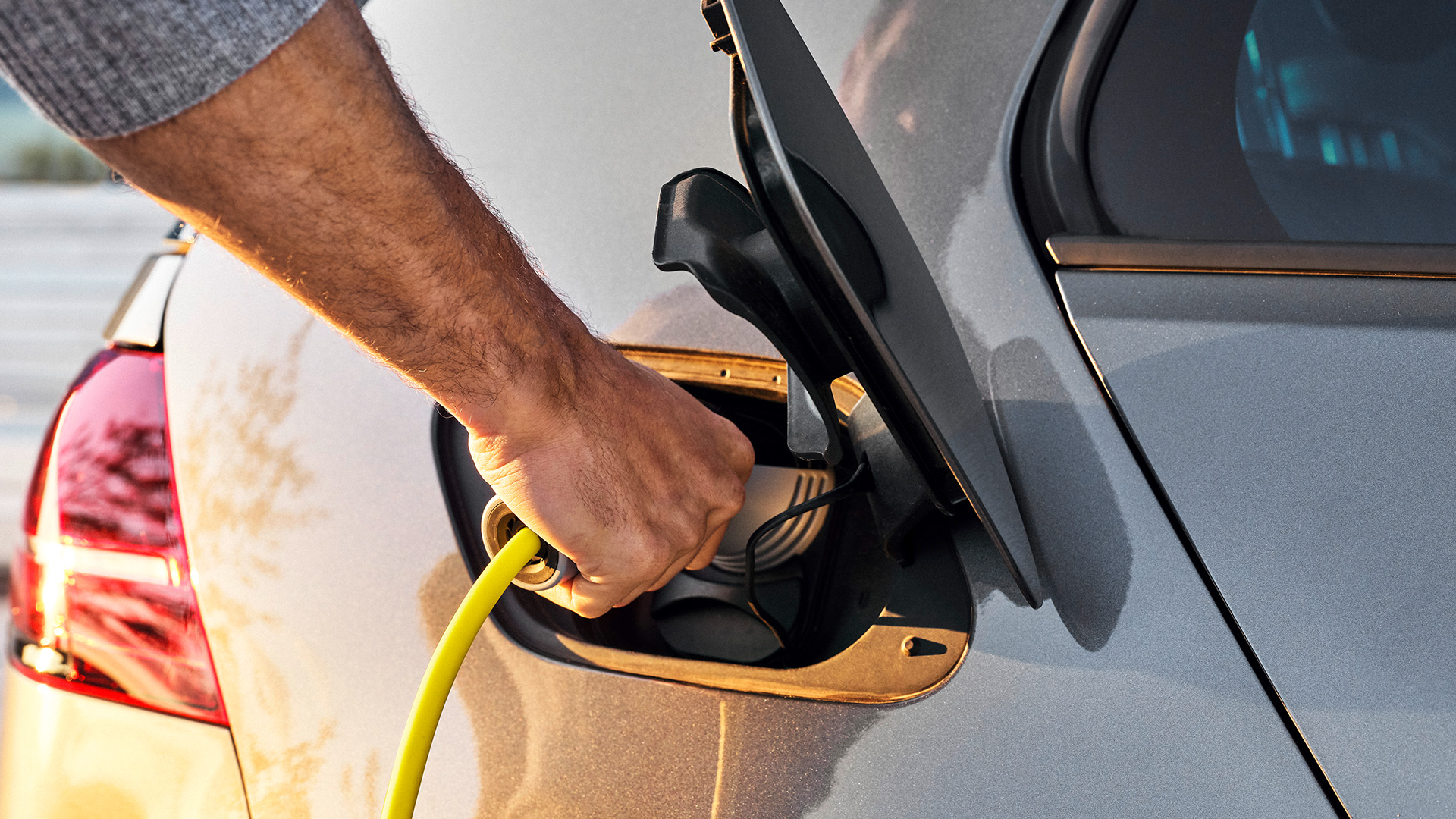
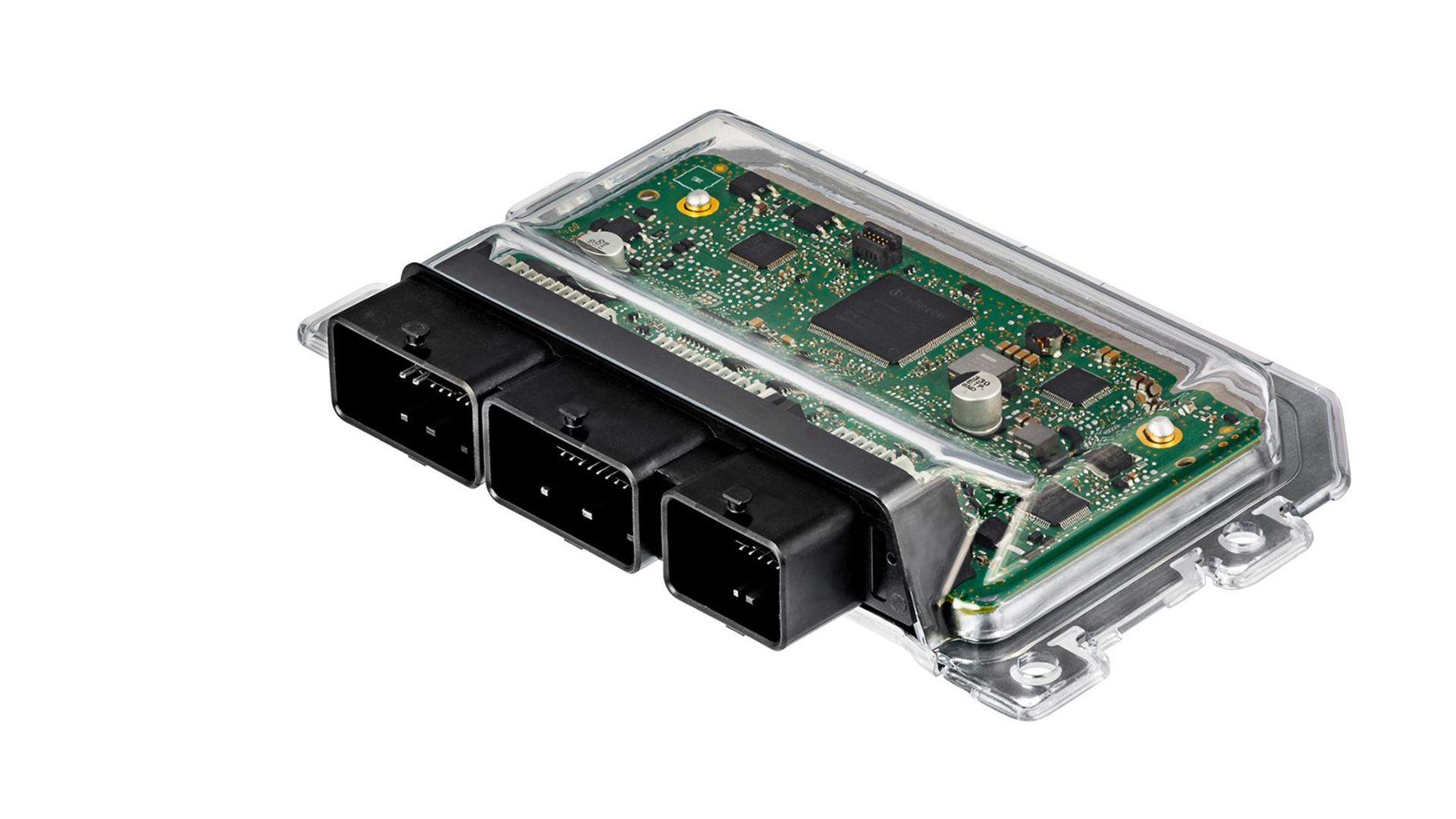
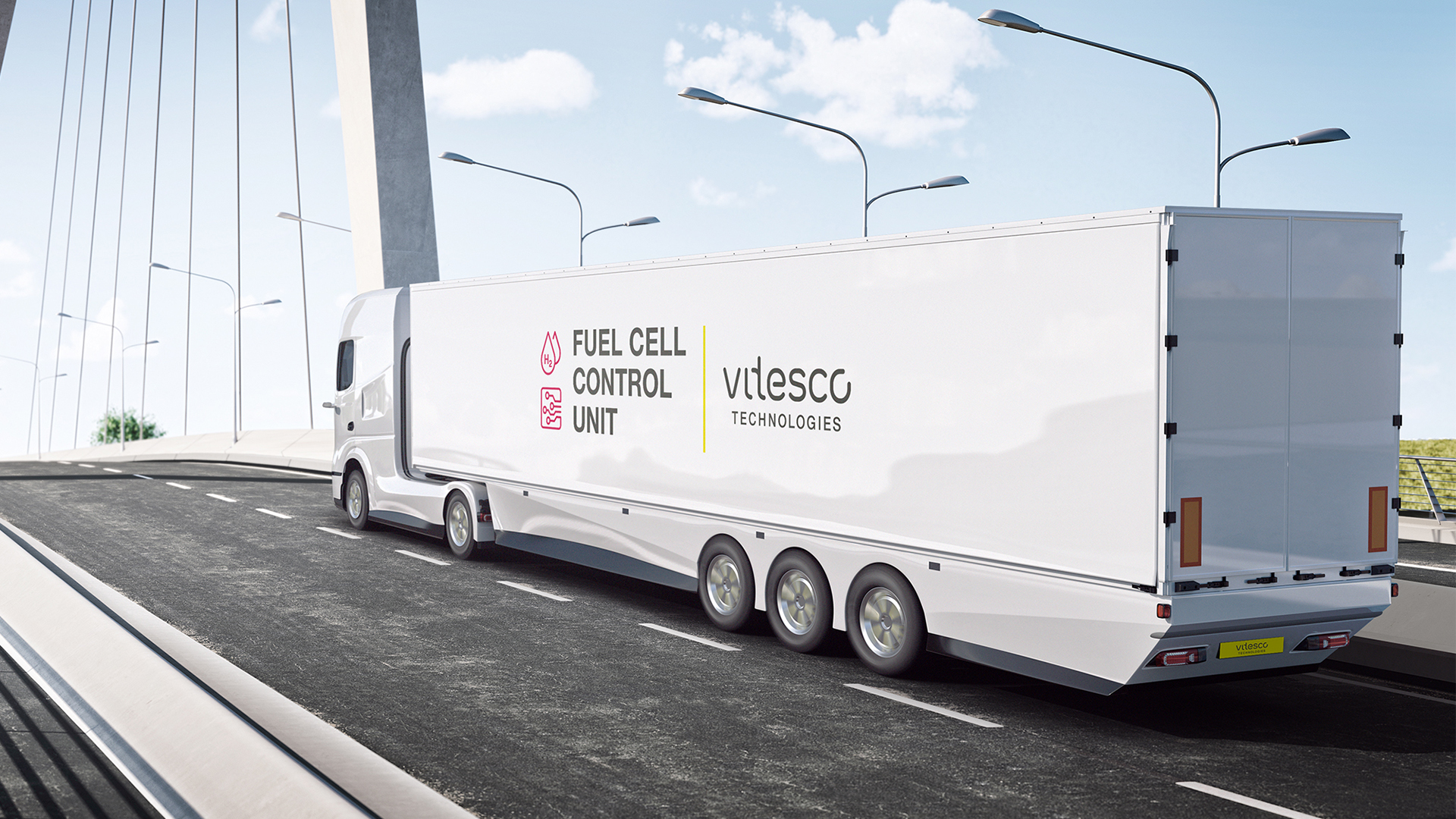




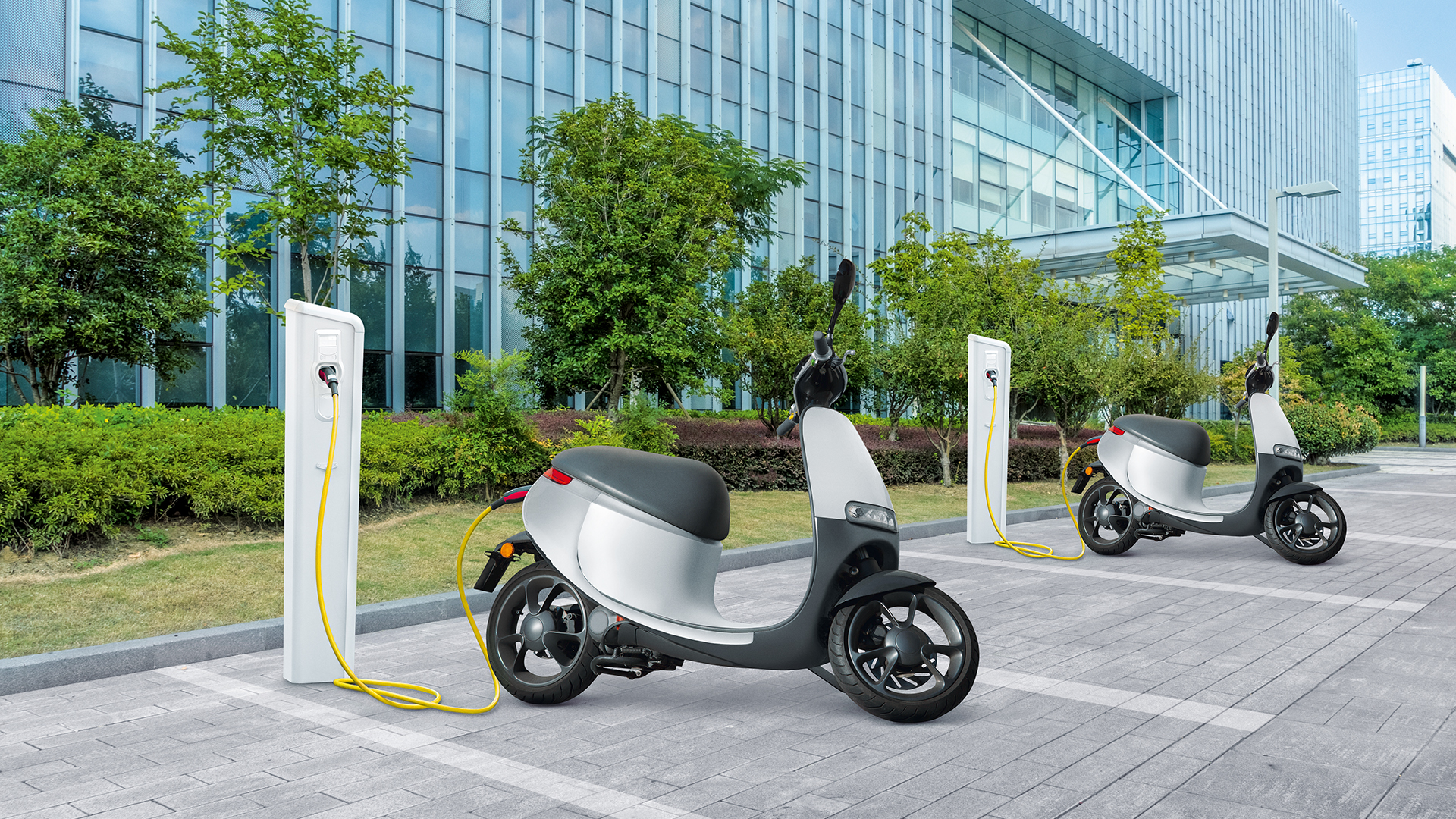
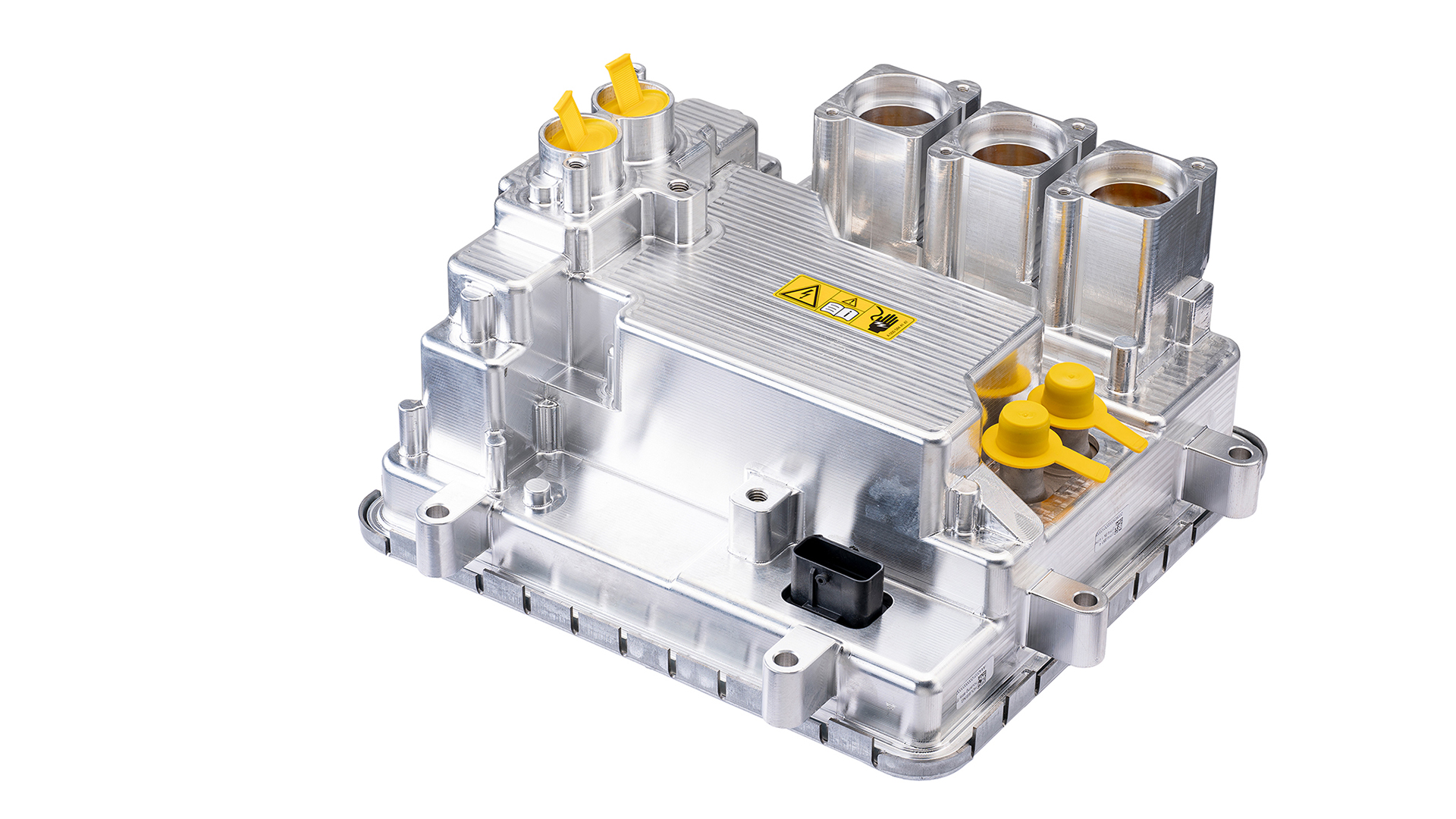

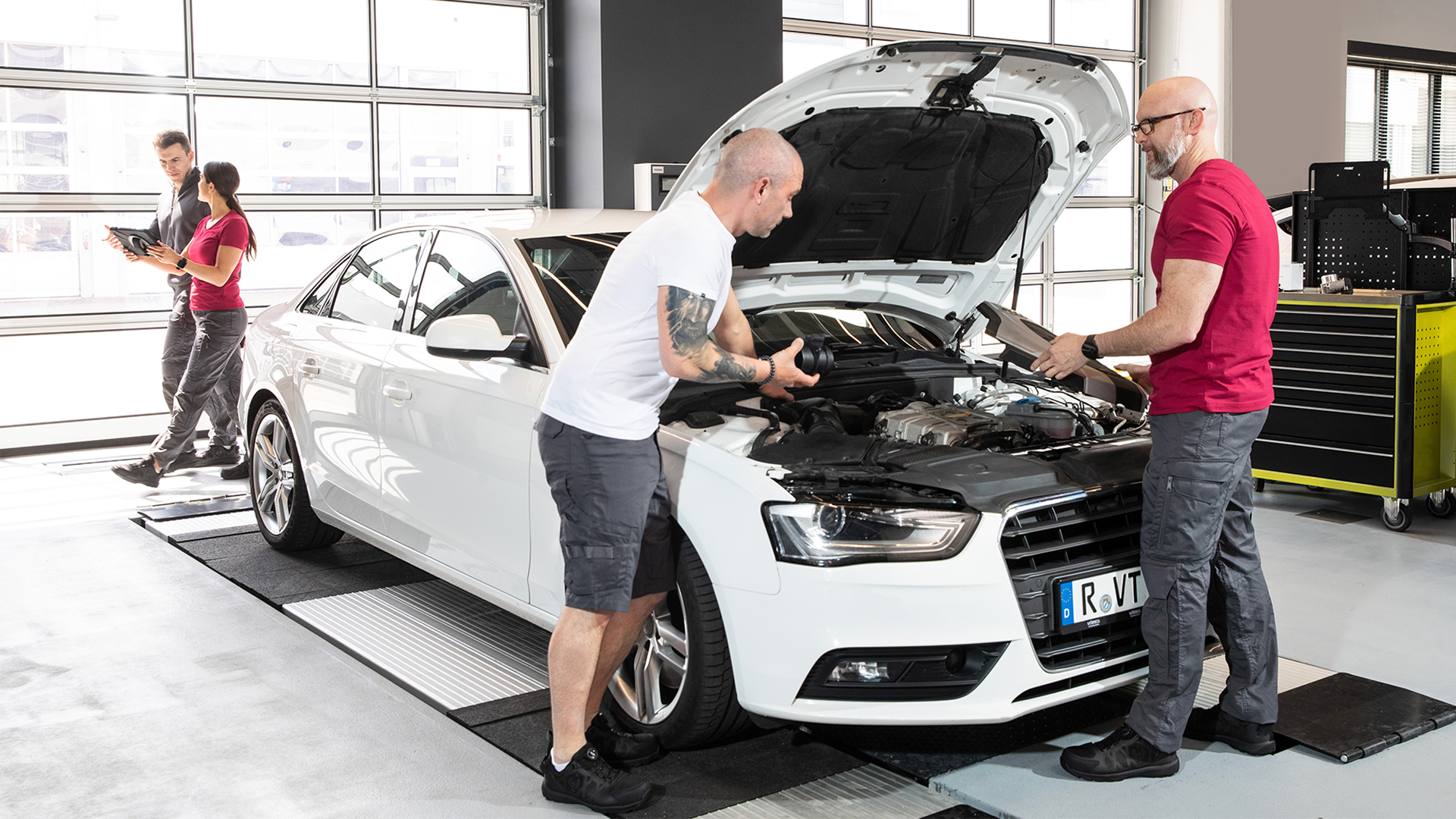

The Vitesco Technologies Group became part of the Schaeffler Group as of October 1, 2024, due to the merger of Vitesco Technologies Group AG into Schaeffler AG.
Please note: Legal or actual changes since October 1, 2024, are therefore no longer reflected in the content of the website.
As the website is no longer updated, we assume no liability for the content of this website, or the linked websites contained therein. The operators of the linked sites are solely responsible for their content.
Irrespective of this, you can still find the current BPCoC and the General Terms and Conditions of Purchase at Vitesco Technologies - Suppliers (vitesco-technologies.com)
Under the following link you will find the current Schaeffler website:



















.jpg?width=407&resizemode=force)




















Regensburg/Germany, November 08, 2022. Vitesco Technologies, a leading international supplier of advanced powertrain technologies and solutions for e-mobility, is advancing the hybridization of motorcycles: at EICMA 2022 (November 10-13, press and trade visitor days on November 8/9), the company will present the next development stage of a hybrid motorcycle with an additional electric drive that significantly reduces CO2 emissions. And that’s not all: this development stage increases motoring pleasure and enables new driving functions for greater comfort and safety. These include fully electric start-up without clutch actuation and an electric reverse gear. The concept is designed for motorcycles with a displacement of over 125cc and comprises a 48-volt electric motor, an automated manual gearbox and, as the “control center”, a Powertrain Domain Control Unit (PDCU), the so-called Master Controller.
Vitesco Technologies presented the first development stage of the hybrid concept at EICMA last year.

© Vitesco Technologies GmbH (exclusive rights)
The electric engine of the hybrid concept is a standard belt-driven starter generator from the passenger car sector, where Vitesco Technologies has been using 48-volt hybridization since 2016. The Master Controller, also from the passenger car segment, is responsible for the control strategy, which is particularly demanding in hybrid systems. It controls the 48-volt engine, communicates with the M4C engine control unit of the combustion engine and decides when to switch to electric drive, when to drive “conventionally” and when to use a combination of both drive types. The automated Smart Transmission is equipped with a centrifugal clutch and an intelligent actuator. While driving, the Master Controller can change gears independently without clutch actuation at the best time for economic fuel consumption.
The 12 kW electric motor and a removable 1.5 kWh battery enable the concept to travel a distance of up to 30 kilometers and at a speed of up to 60 kilometers per hour in pure electric mode. The combustion engine in the hybrid concept has an output of 32 kW and a top speed of 160 kilometers per hour. In this configuration and in combination with the current WMTC (World Motorcycle Test Cycle) the hybrid concept reduces the motorbike’s CO2 emissions by up to 75 percent. The system increases the overall weight by only approx. 20 kilograms. At 170 kilograms, the concept is lighter than a fully electric motorcycle with a similar performance – and is also considerably cheaper. Unlike in the passenger car sector, where hybridization can be significantly more expensive, Vitesco Technologies’ motorcycle system can already be integrated at an additional average system cost of less than 1,000 euros.

© Vitesco Technologies GmbH (exclusive rights)
In the development of motorcycle solutions, Vitesco Technologies has the significant advantage of access to in-house automotive products. However, it is the company’s two decades of expertise in two-wheel vehicles that enables Vitesco Technologies to optimally adapt these technologies and components for use in motorcycles. This know-how is required, among other things, to develop the algorithms, which cannot be adopted directly from the passenger car sector.
Opening the grip also delivers a real aha effect. For one thing, the drive responds more agilely thanks to the instantly available e-power. Secondly, the electric motor provides impressive power delivery, especially in the lower engine speed range: Thanks to the additional e-boost, the torque reached here is up to 60 Nm (maximum torque without e-assist: 37 Nm at 7,000 rpm). This means that the medium-sized hybrid motorcycle (displacement: 401 cc) can generate more punch than a conventional bike with a 1000 cc engine. And thanks to the powerful electric drive, the thrust is available not just for a few seconds, but over minutes.
The hybrid-concept also sets new standards in maneuvering. In addition to purely electric start-up, the electric drive also allows the vehicle to be driven in reverse. This convenient function is extremely helpful, especially in tight or downhill parking spaces. The hybrid concept also offers a number of other advantages. For example, the electric motor can compensate for the short torque interruption that occurs during gear changes to keep the wheel torque as constant as possible when shifting up and down. The generator function of the electric motor, used to charge the battery, can be used as an additional engine brake so that the mechanical rear brake is only needed if the motorcyclist needs to decelerate sharply. In addition, the hybrid concept’s energy management can be linked to the navigation system to ensure that the battery is fully charged, for instance before entering a city or before a long hill climb (so-called predictive ride function). A hybrid motorcycle also offers great flexibility in route planning: At around 260 kilometers, the Vitesco Technologies concept has a greater range than comparable electric motorcycles – and can be swiftly refueled at any gas station.

© Vitesco Technologies GmbH (exclusive rights)

Hybrid Motorcycle
© Vitesco Technologies GmbH (exclusive rights)